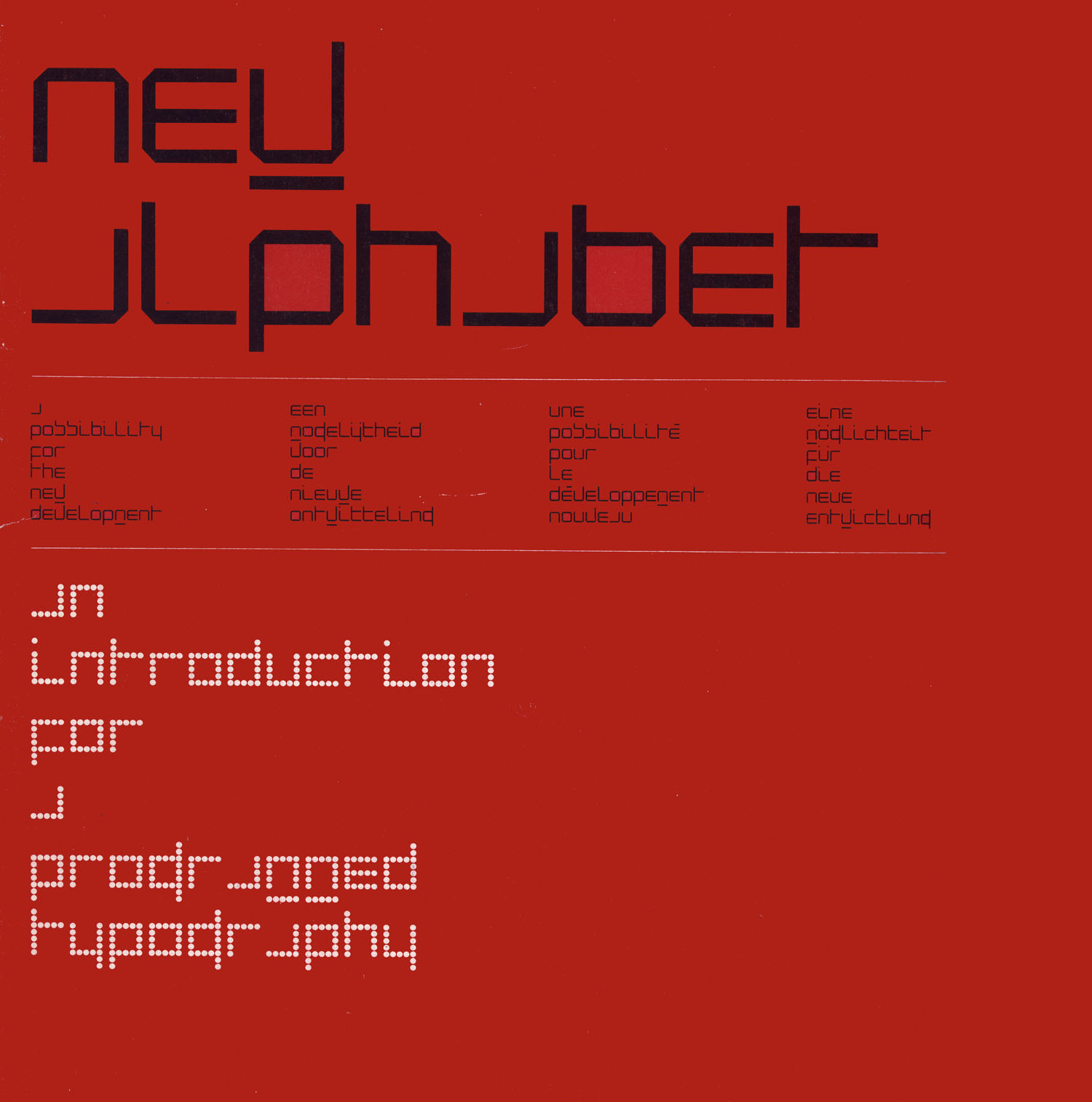Design and art have always had a close connection. Both artists and designers mould ideas of their times. Typeface design is not an exception. Type designers follow visual trends and very often find inspiration in art forms. Kinetic is a new typeface that references art as an important source of inspiration.
The classification of typefaces can be a difficult task. The features of a design can fit into different categories. All things considered, Kinetic will be defined as a geometric sans since geometry was a key concept from the beginning.
This article will offer some historical information of the connection between art and type, and also a few examples of the use of geometry in type. This will provide you with a context to understand this project and the reasons for the design decisions.
The influence of art on type design
History provides patterns of how things evolve. Many type designers imitate designs that were made before them. Through history letterforms have been handed down and changed shape to reflect the time in which they were made. This is because designers do not live in a vacuum. They belong to a world that exists outside the realms of type design. They are part of a wider context where other interests such as art, music and culture often influence their work.












